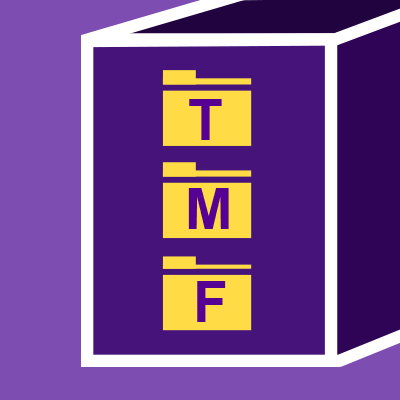Having a TMF entirely on paper, stored in filing cabinets (even the fancy compactors), is now thought to be unsustainable. Many companies are now in the process of transitioning to eTMF’s, resulting in a hybrid of paper and shared file drives, which are also unsustainable as long term solutions. The million dollar question is—how to transition to a fully digital eTMF?
At its most basic level, an eTMF system is the application of an electronic document system or a content management system to automate manual paper based TMF processes. In an eTMF, documents and contents are stored centrally on a computer server, typically using a document management system and exchanged with others through either a corporate intranet or a secure internet connection.
Implementing an eTMF system in a global organization can be a challenge, especially when you must consider the nuances of country/regional eTMF requirements for many clients. Companies working within the TMF reference model are updating their SOPs, guidance documents, and file structures to align with industry best practice. They need to understand that the successful implementation of an eTMF is dependent on the written procedures while considering the right balance between just enough and too much information. While considering the transition from a paper TMF to an eTMF, the company should consider that not one size fits all when considering appropriate electronic tools and should consider the usability of the eTMF system. For example, what can you do to ensure the intended users will use the system at all or correctly?
Evenif the company went ahead and bought the most intricate, robust eTMF on the planet and if the users can’t easily manage their TMF documents in the system, they won’t use it and therefore it’s worthless.
The life sciences industry, particularly the drug development industry is undergoing a technological paradigm shift; a shift that is transforming how the companies manage clinical trials, regulatory submissions. etc. This digital revolution is really only getting started. There are many more technological shifts on the horizon and the list is growing of challenges in implementing these changes.
It is very interesting to read and hear about how different organizations are tackling the same issues. When you hear of others struggling with the same issue, there’s a sense of being “all in it together”. Equally, when you hear of other successes, it is great to be able to learn from it and join in the congratulations.

